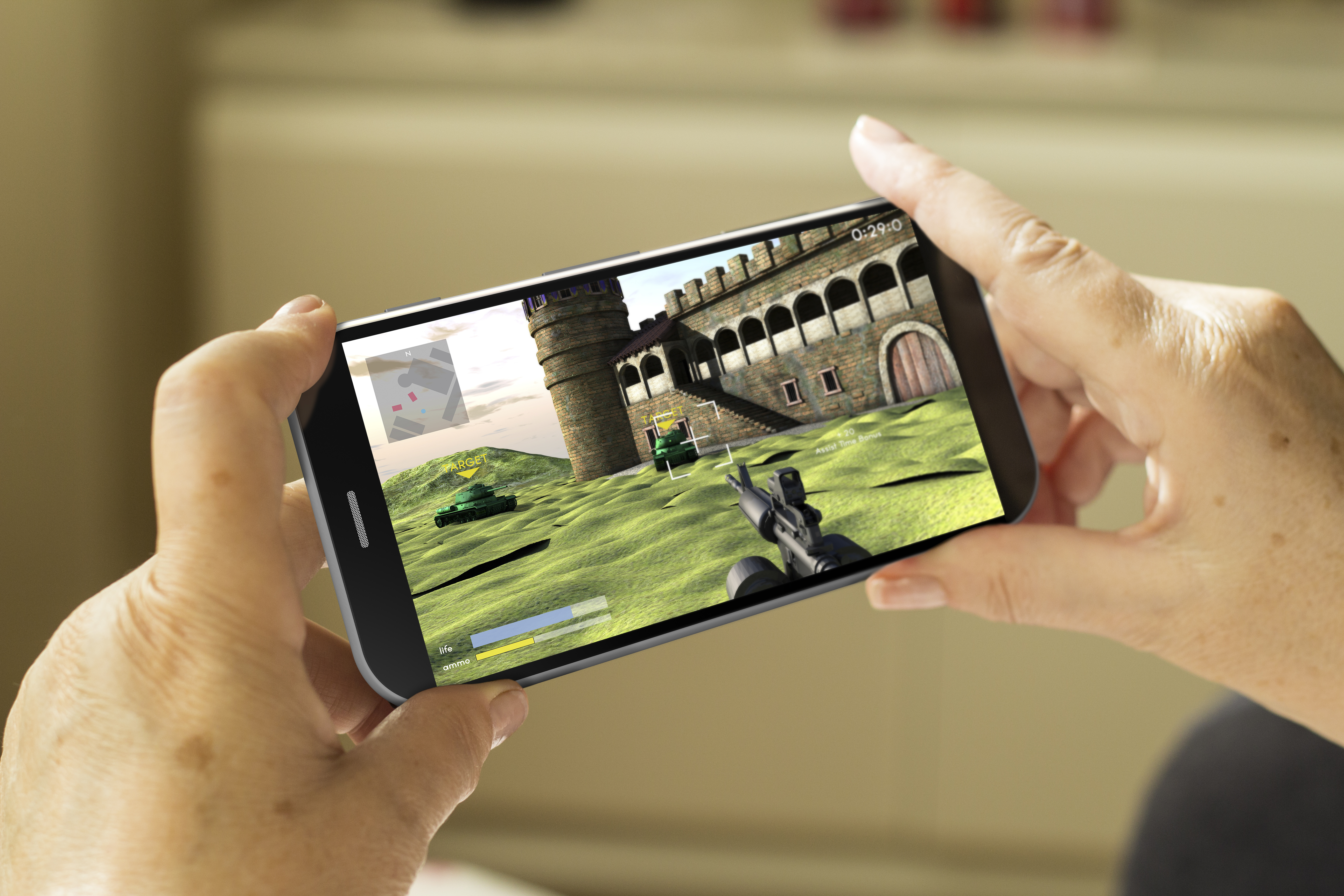Why Mobile Gaming is Your Next Big Marketing Opportunity

May 16, 2019 | Article written by Yonathan Valder
Forget The Big Bang Theory and American Idol. Mobile games like Candy Crush Saga, Angry Birds, and Pokémon Go are today’s prime time ad space. In 2019, almost 70% of Americans — around 210 million people — and 2.1 billion people worldwide will play mobile games.
Is Gaming the Next TV?
Growing up, we learned about new products from television commercials, often with catchy jingles or celebrity spokespeople. It was the best path for reaching a massive audience. But today’s audiences are distracted by multiple screens and fragmented by streaming, subscription, and on-demand services that allow viewers to skip over ads or opt out of them entirely.
As savvy advertisers know by now, reaching 21st century consumers requires a multichannel approach that combines television with mobile. What they may be missing, though, is an understanding of the power of mobile games. Mobile gaming allows companies to tap into a captive audience much in the same way that appointment TV once did, and its reach is growing by the day.
Who are Gamers?
The mobile gaming audience is extremely diverse and active. About 55% of mobile gamers play more than 10 times a week, and it’s not just young guys in their parents’ basements. In 2019, 63% of all mobile gamers in America are women. Games are getting easier, too, making them popular with users from older generations who are not digital natives, as well as children.
Mobile gaming is the hot market in digital advertising, and research shows that the investment pays off. Companies are already tapping into the opportunity, with 78% percent of those surveyed having advertised in mobile gaming apps last year. In 2019, 87% plan to do so. Fifty-nine percent of those already advertising cited high user engagement as a key reason for why they chose this route.
With Challenge Comes Opportunity
Let’s not kid ourselves, though: The days of advertising for television (and only television) were simpler. Marketers needed only to create a single campaign, and the ads could run on multiple channels without a hitch. In the age of digital advertising, however, companies must create ads that suit a multitude of platforms and devices.
But the benefits of mobile game marketing outweigh the challenges when we look not only at the massive reach (Remember that 2.1 billion figure?) but also the inherent creative opportunities.
Thanks to the unique gaming platform, companies can craft campaigns that are as creative and memorable as television ads from your youth. However, whereas television offered a passive experience, the best mobile game ads have the added advantage of being interactive.
Gamified video ads engage audiences like never before by giving them the opportunity to try out games within the ad unit itself. Other options include in-game rewards for interacting with ad content and one-click access to product detail pages.
What’s Next for Mobile Game Marketing?
There’s big money and a big future in this small screen business. In 2017, mobile game companies made $40.6 billion in revenue. And according to eMarketer estimates,the industry will grow 12% by the end of 2019,, and gaming apps will generate $94 billion — more than three times the money that non-gaming apps make – by the following year.
Your target audience may be tuning out the tube, but that doesn’t mean they can’t be reached through a screen on the same scale. And if you want to reach us, hoot us an email at info@taptica.com.


